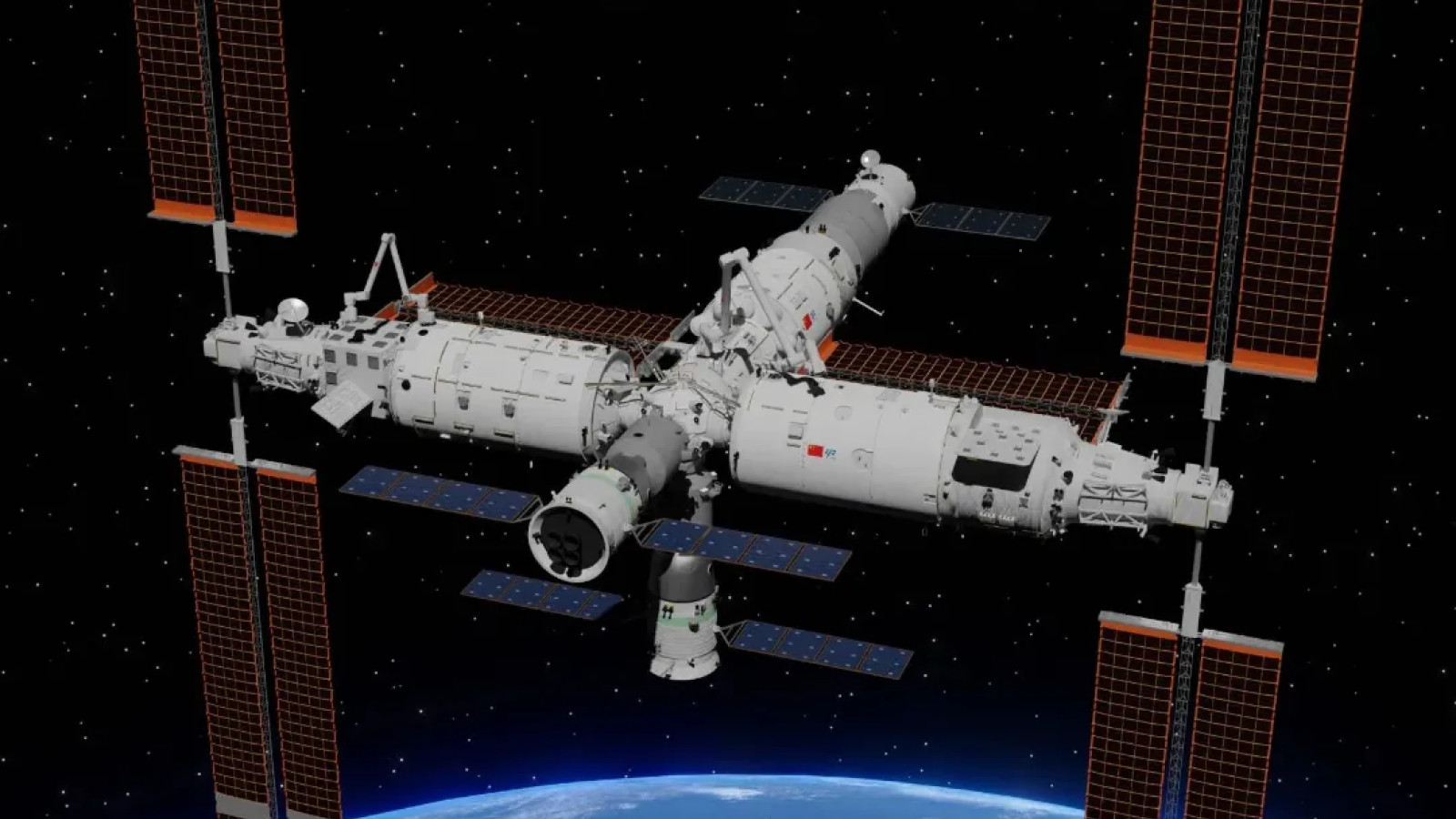4 Minutes
Journey to China’s Pioneering Tiangong Space Station
Dreaming of the ultimate adventure? While most travelers explore mountains, coasts, or bustling cities, a new frontier that blends discovery and science awaits far above our heads: China’s Tiangong Space Station. This impressive orbital outpost isn’t open for tourist stays yet, but stories emerging from its microgravity environment are rapidly rewriting what we know about travel, research, and the future relationship between humanity and the universe.
A Floating Laboratory Above the Clouds
Since the launch of its main module in 2021, the Tiangong Space Station has become the pride of China’s space ambitions. Every four months, crews of three 'taikonauts' board this high-tech home in Earth’s low orbit, conducting groundbreaking experiments that reshape our understanding of health, technology, and the adaptability of life in space.
One of Tiangong’s latest headlines is as thrilling as any landmark’s legend. During routine sampling as part of the CHAMP program in May 2023, Chinese scientists identified a previously unknown bacterial species—Niallia tiangongensis—clinging to the station’s interiors. This microscopic discovery is a testament to the mysteries waiting to be uncovered wherever we travel, even in the most sterilized, human-made environments.
Why Niallia Tiangongensis Matters
This new strain, close kin to the terrestrial Niallia circulans (a soil-dwelling bacterium sometimes involved in wound infections), is unique to Tiangong. Unlike its earthbound relatives, it evolved traits in the space station’s unforgiving climate—resisting cosmic radiation, enduring low gravity, and repurposing nutrients to thrive where none should exist. The discovery echoes similar findings aboard the International Space Station, where space's harsh realities supercharge biology in unforeseen ways.
Travel in the Age of Space Science: Experiences Beyond Earth
While civilians can’t yet book a ticket to Tiangong, its story is a compelling invitation to celebrate and understand the bridge between bold science and classic exploration. China’s space endeavors, rooted in a mix of ancient curiosity and modern ambition, offer travel enthusiasts a peek into a future where space might well become the ultimate bucket-list destination.
Watching Launches and Tasting the Culture
The best way to touch the Tiangong adventure right now is by visiting China’s space cities. For instance, the Wenchang Spacecraft Launch Site in Hainan offers spectacular views of rocket launches, creating an atmosphere reminiscent of Cape Canaveral. Surrounding these hubs, visitors can sample Hainan’s famed seafood or join in local festivals that fuse tradition with futuristic optimism.
Practical Tips for Your Space-Themed Journey
- Access & Transportation: Major Chinese cities are well connected with high-speed trains; Hainan Island is easily reached by air from Beijing, Shanghai, or Guangzhou. Shuttle services often run between hotels and launch observation sites.
- Pricing: Watching launches is usually free or costs a nominal fee. Many nearby science museums offer interactive experiences for reasonable ticket prices.
- Seasonal Considerations: Hainan’s tropical climate is best enjoyed from November to April, avoiding the summer heat and typhoon season.
Reflecting on a New Era: The Broader Impact of Space Discoveries
The ongoing research aboard Tiangong isn’t just science fiction—it could soon shape medicine back on Earth. Changes observed in spaceborne microbes, like Niallia tiangongensis, might inspire new treatments or safety protocols, benefiting us all.
For intrepid travelers and curious minds, China’s journey to the stars offers a perspective-shifting experience: from the thrill of standing beneath roaring rockets to pondering the unseen life-forms evolving in orbit. While tickets to the station itself remain the stuff of dreams, the era of space travel is closer than ever—and Tiangong is leading the way.


Leave a Comment